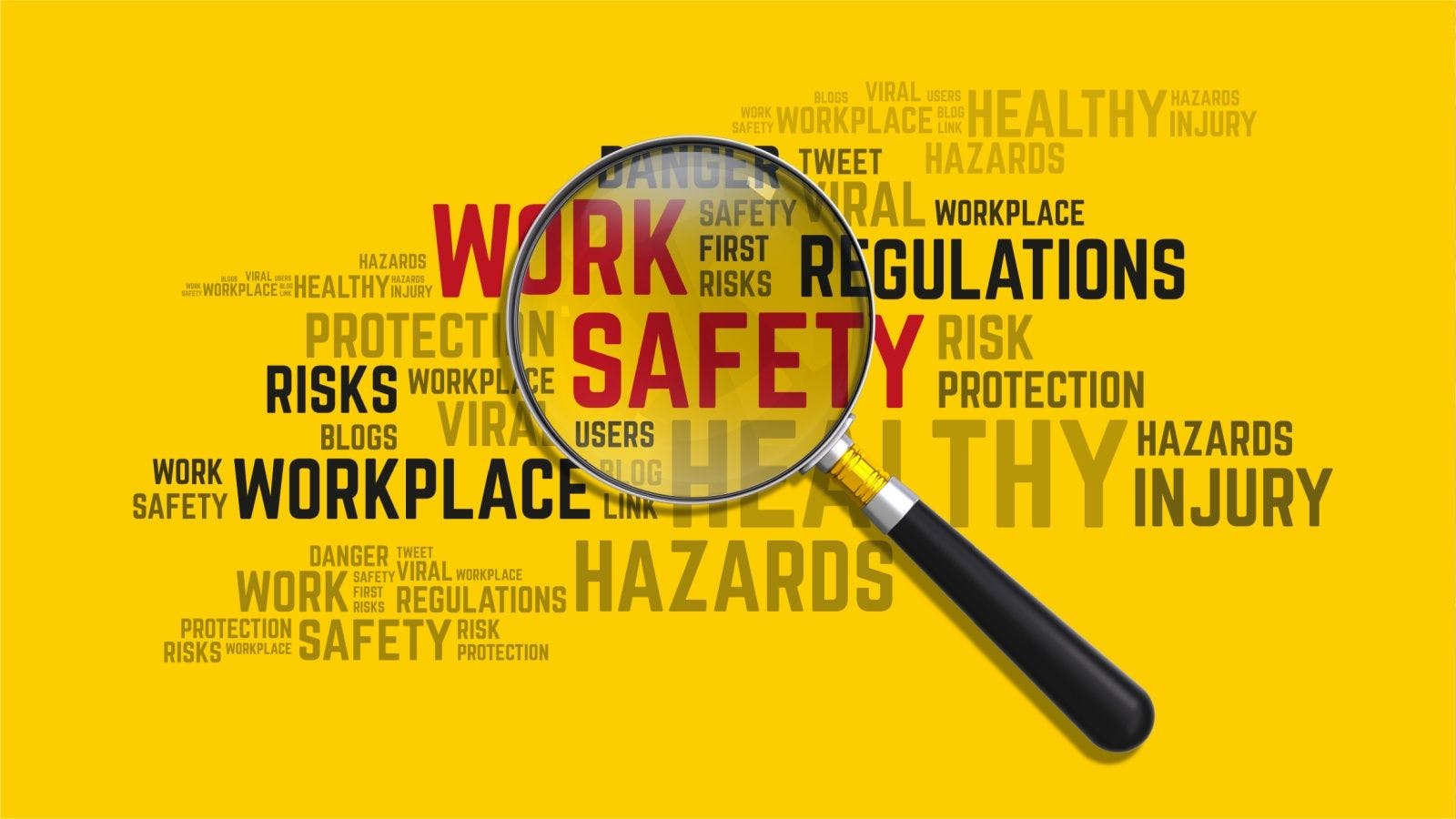
Shouldering Responsibility for Protecting Workers From Arc Flash Incidents
From a creating culture of safety to investing in training and personal protective equipment (PPE), senior management has a crucial role to play in ensuring that construction workers and foremen are equipped with the tools and skills, as well as the organizational support, to recognize and avoid hazardous conditions that could lead to an arc flash incident.
The Safety Challenge
Addressing power issues at jobsites are frequently high stress situations. The risk of damage to equipment, loss of data or personal injury is great when installing, maintaining or troubleshooting electrical systems. Often there is pressure to get the lights back on as soon as possible or to complete the work without disrupting other tasks or operations. This can lead to unsafe work conditions and a worker taking shortcuts to perform the work. Workers, supervisors, facilities managers and executives need to be aware of the elevated risks and the damage that can be caused by an arc flash or blast.
Arc flashes result from arcing faults, which occur when a low resistance path between conductive elements allows current to pass through air. When arcing faults occur, they produce heat, pressure and radiation, and may eject materials that can injure workers and damage property.
The Safety Standard
Arc flash hazards should be mitigated in accordance with government regulations and with industry codes such as NFPA 70E, the National Fire Protection Association’s consensus standard for addressing electrical safety in the workplace. NFPA 70E specifically covers electrical work practices performed by electricians and maintenance workers within a facility. Many state OSHA agencies use NFPA 70E as their guideline for the protection of electrical workers.
Companies that do not protect their employees from electrical shock or arc flash hazards as described in this standard are at risk for potential fines should an inspection take place or an accident occur. Contractors who do not follow the practices outlined in NFPA 70E not only place their workers at risk, but also place their clients’ equipment, operations and businesses at risk as well.
NFPA 70E starts by stating, “Energized electrical conductors and circuit parts…shall be put into an electrically safe work condition before an employee performs work…” The standard continues, “energized work shall be permitted where the employer can demonstrate that de-energizing introduces additional hazards or increased risk.” It also states that “energized work shall be permitted where the employer can demonstrate that the task to be performed is infeasible in a de-energized state due to equipment design or operational limitations.”
Inconvenient must not be confused with infeasible. The routine acceptance of working on an energized circuit should not be a risk that anyone routinely accepts. Responsible management must recognize and fully understand the additional risks involved with energized work and be able to justify and approve the work before any work is performed.
Keys to Implementing an Arc Flash Safety Solution
Electrical Hazard Analysis. Both OSHA and NFPA 70E require an Electrical Hazard Analysis prior to beginning energized work. The analysis includes a Shock Risk Assessment and an Arc Flash Risk Assessment. These risk assessments are used to determine:
- safe work practices;
- shock approach boundaries and protection boundaries;
- PPE to be used; and
- other procedures required to protect workers from arc flashes or contact with energized conductors.
Disconnecting and De-Energizing Equipment. The most effective and foolproof way to eliminate the risk of electrical shock or arc flash is to simply de-energize the equipment. Qualified electrical workers should always look for ways to disconnect the power sources and verify that the electrical conductors and circuit parts have been de-energized. It is also important to recognize that the process of disconnecting and testing the circuits to create an electrically safe work condition is inherently hazardous, because it requires qualified persons to work around live conductors until disconnection is completed. Workers should be wearing PPE based on the degree of the potential hazard.
Justification to Perform Energized Work. For times when energized work is requested, a written justification to perform such work should be completed and all approvals obtained before starting. Experience suggests that if managers and supervisors are advised that a significant risk of injury exists, they are reluctant to accept that increased risk and will be more critical of the plan to execute the work. If all signatures are not obtained or if all parties are not in agreement, live electrical work should not be permitted. In these cases, a plan and time for a shutdown must be coordinated between the qualified electrical worker, the contractor and the facility manager.
Pre-Job Briefing. Before starting any electrical job, a pre-job briefing should be conducted with all workers involved –even when workers are skilled in the tasks. A discussion of the associated electrical hazards, procedures to be followed, special precautions to be taken, required PPE and other work being performed that may be affected should be considered in the pre-job planning meeting. Job briefings should be documented whenever energized electrical work is required.
Information Sharing. As employers, contractors and facilities managers must share with each other information related to electrical safety matters and coordinate work rules and procedures to improve the safety of all workers. This includes providing information about any known hazards at the site or associated with the work, one-line diagrams and documentation regarding the equipment to be worked on, and any unanticipated hazards found during the work along with measures taken to correct or prevent such hazards from re-occurring.
Bottom Line on Arc Flash Safety
Senior management must make it clear that routine acceptance of energized electrical work is unacceptable. This policy must be backed by robust training, clear work procedures and strong personnel protection safeguards for employees who may be exposed to electrical hazards.
In the final analysis, creating a safe work environment by implementing an effective electrical safety program is more than a key management responsibility. It is a business obligation to protect employees, workers from other trades and customer equipment from injury, damage and other hazards associated with electricity.
Trip Harrison is President of Baltimore-based Curtis Engine & Equipment Co., Inc., the highly specialized provider of world-class power generation equipment and service in the Mid-Atlantic for commercial, institutional, government and other customers with mission-critical power needs. Celebrating its 75th anniversary in 2019, Curtis Engine is an authorized distributor for MTU Onsite Energy (a division of Rolls Royce Power Systems).
Related stories








